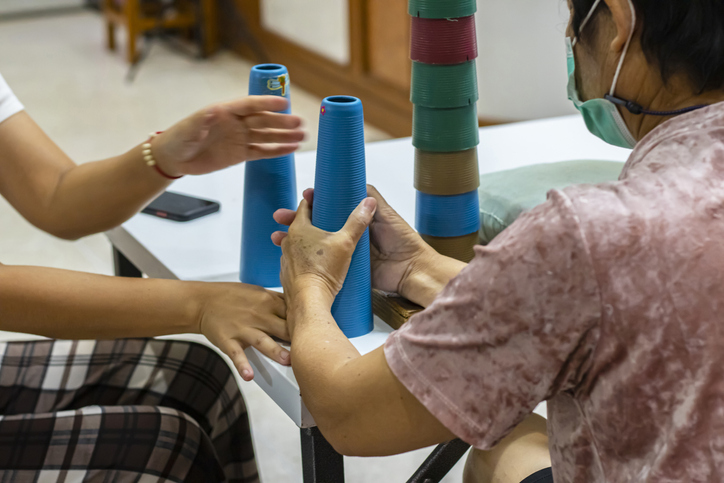Treatments
5 Reasons to Try Occupational Therapy for Chronic Pain

What is an occupational therapist?
The role of an occupational therapist, or OT, is to help individuals maintain independence by teaching them ways to modify everyday tasks and activities that they can no longer do or have difficulty completing on their own. This could be due to certain conditions, such as autism, ADHD, sensory processing disorder, Alzheimer’s, arthritis, traumatic injury, stroke, etc. An OT can help individuals learn how to use assistive technology, learn different ways to complete tasks, suggest safety measures for the home, and train caregivers. Some OT’s help with cognitive aspects of daily life, such as helping with organization, routines, and problem-solving.
Occupational therapy may be considered for various reasons. Below are five reasons that an individual with chronic pain might consider occupational therapy.
- Pain is impacting functionality. One of the main reasons a person with chronic pain might seek occupational therapy is if pain levels have caused difficulty functioning in daily life. Occupational therapy can help with learning methods to cope with pain and adjust activities due to the pain level.
- Pain is affecting the ability to work. When the ability to work is impacted by pain, an occupational therapist may help. OT is beneficial with learning ways to adapt the work environment to fit needs and how to modify behaviors to work more effectively.
- Alternative to medications. Some people prefer a non-pharmacological approach to pain treatment, while others may not experience reduced pain with medication. Occupational therapy is also a great alternative to supplement pharmacological treatments.
- Holistic approach. Some specialists only focus on one aspect of a condition, even though chronic pain is a complex issue. Occupational therapy takes a holistic approach to treating the various aspects of chronic pain.
- Self-management. Occupational therapy can increase independence. It teaches skills related to activities of daily living. Additionally, OT can help a person recognize pain triggers, learn how to prepare for flares, and manage conditions independently.
Additional sources: Concorde Career Colleges and American Occupational Therapy Association



















